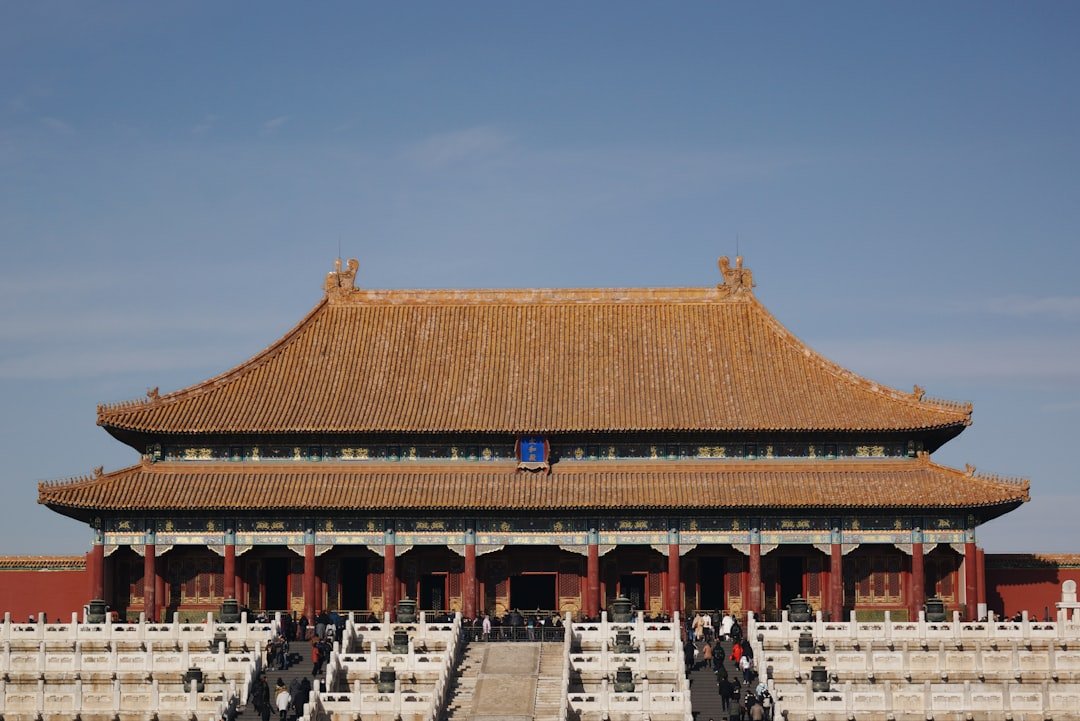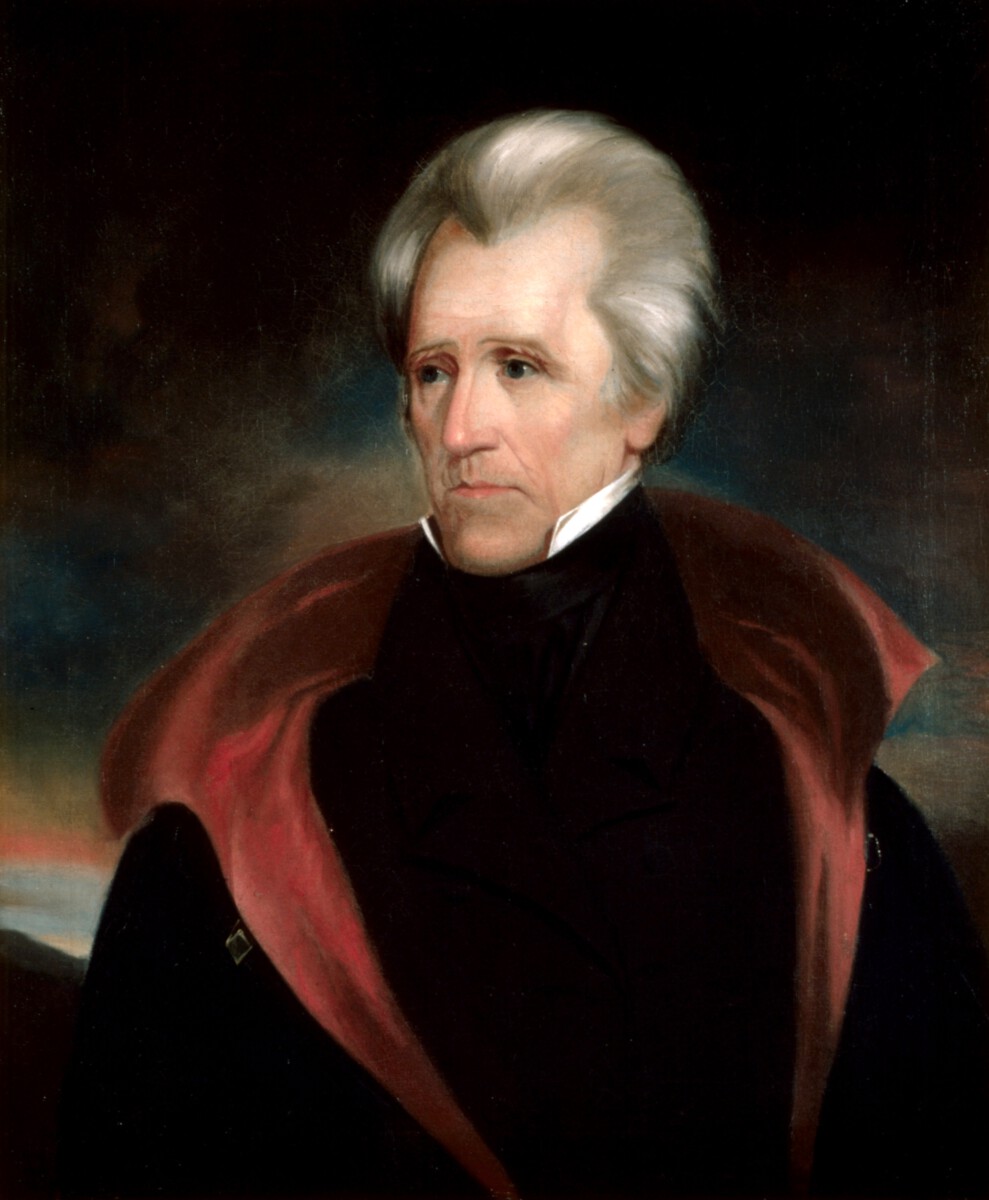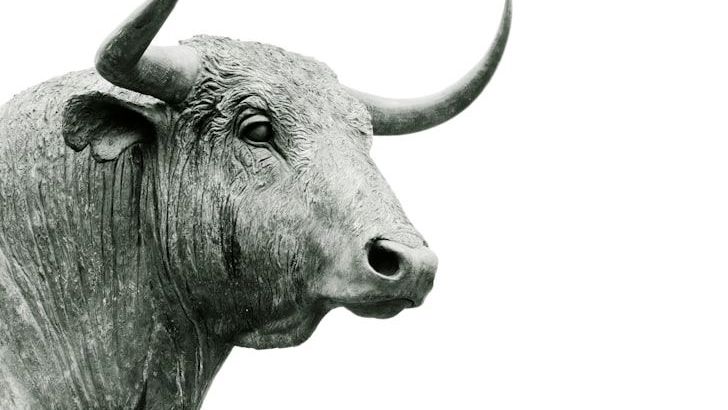The Forbidden City: A Glimpse into Royal Life

The Forbidden City stands as one of the most compelling symbols of China’s imperial legacy, drawing millions each year. This sprawling 180-acre palace complex served as the seat of power for 24 emperors, its walls echoing with stories of intrigue and grandeur. With 980 meticulously preserved buildings, the Forbidden City dazzles visitors with its golden roofs and intricate red facades, offering a window into royal life centuries ago. Recent restoration efforts have ensured that the rich colors and ornate woodwork remain as striking as ever, maintaining the palace’s sense of awe. In 2024 alone, over 19 million visitors walked its famous courtyards, making it one of the world’s most visited museums. Experts have noted that the city’s symbolic central axis, once reserved for the emperor’s exclusive use, continues to inspire fascination among historians and tourists. One visitor was quoted saying, “Standing in the Hall of Supreme Harmony, you can almost feel the weight of history in the air.”
The Temple of Heaven: Where Heaven Meets Earth

The Temple of Heaven is a masterpiece of religious architecture, built as a place for emperors to communicate with the heavens. Its Hall of Prayer for Good Harvests, with its striking blue-tiled roof and circular design, remains a marvel to this day. Each year, visitors flock to witness the site where emperors once prayed for bountiful harvests—a tradition deeply rooted in Chinese cosmology. In 2024, the Temple of Heaven received approximately 10 million visitors, underscoring its enduring popularity. The temple’s surrounding park pulses with life, as locals gather for tai chi, music, and calligraphy, blending ancient rituals with modern leisure. The air here feels thick with reverence, as if the prayers of centuries still linger among the cypress trees. As one cultural historian observed, “The Temple of Heaven is where the past and present embrace, each supporting the other.”
The Summer Palace: A Royal Retreat

Beijing’s Summer Palace offers a breathtaking escape from the city’s fast pace, with its sweeping views of Kunming Lake and Longevity Hill. Once the preferred summer retreat for emperors, it covers 726 acres and boasts the largest royal park in China. The palace’s pavilions and bridges are beautifully integrated into the landscape, reflecting the imperial desire to live in harmony with nature. Restoration projects in recent years have preserved the site’s exquisite details, from painted corridors to marble boats. With over 14 million visitors in 2024, the Summer Palace remains a favorite destination for those seeking both beauty and history. Gardeners and architects alike praise the site as a living example of traditional Chinese landscape design. One frequent visitor remarked, “Wandering through the gardens, you feel the same peace that emperors must have cherished.”
The Ming Tombs: A Journey into the Past

The Ming Tombs offer a powerful connection to the rituals and beliefs of imperial China. Situated outside Beijing, this necropolis is the final resting place of 13 Ming emperors, each entombed in elaborate mausoleums. The Sacred Way, lined with imposing stone statues, leads visitors on a path of reverence and reflection. The site’s most celebrated tomb, that of Emperor Yongle, is especially significant—he was the visionary behind the Forbidden City. In 2024, the Ming Tombs experienced a 15% rise in visitors, thanks to new educational initiatives and improved access. Guided tours now bring the ancient customs and burial rites to life, making history tangible for modern audiences. Many guests describe the experience as both haunting and humbling, a reminder that even the most powerful rulers must eventually yield to time.
The National Museum of China: Preserving Imperial Artifacts

Inside the National Museum of China, Beijing’s imperial history is preserved in dazzling detail. The museum’s vast collection, numbering over 1 million artifacts, includes imperial robes, ancient scrolls, and ornate ceramics from the Ming and Qing dynasties. Recent exhibitions have drawn record crowds, with 12 million people visiting in 2024 alone, eager to see treasures that once belonged to emperors. The museum’s curators work tirelessly to showcase not just objects, but the stories and customs behind them. Interactive displays and virtual reality programs have made these exhibitions more accessible than ever, attracting a new generation of history enthusiasts. According to a museum spokesperson, “Every artifact here is a piece of a much larger puzzle—the story of China itself.” The museum’s role as an educational hub continues to grow, with workshops and lectures drawing praise from experts worldwide.
The Great Wall: A Symbol of Strength and Endurance

The Great Wall of China has long captured imaginations with its scale and history, winding over 13,000 miles across the northern landscape. Built as a formidable defense against invasions, the Wall is a testament to the determination and ingenuity of China’s imperial builders. Popular sections such as Badaling and Mutianyu are especially busy, each offering sweeping views and a sense of awe. In 2024, these scenic stretches saw crowds totaling around 10 million visitors, making the Wall one of Beijing’s most iconic attractions. Conservation teams have implemented new measures to protect vulnerable sections, balancing preservation with public access. Visitors often speak of being humbled by the sheer ambition of those who built it, with one tourist remarking, “You don’t just see the Wall—you feel the centuries beneath your feet.” The Wall’s enduring power as a symbol of unity and resilience remains undiminished.
The Old City: Echoes of Imperial Beijing

Wandering through the old city’s hutongs, visitors find themselves transported to a Beijing that predates skyscrapers and highways. These narrow alleys, flanked by traditional courtyard homes, hold the memories of generations. Many hutongs date back to the Yuan dynasty, and today they stand as living museums of urban life. Revitalization projects have sought to preserve these historic neighborhoods while adapting them for modern needs, a delicate balance that continues to spark debate. In 2024, a citywide survey reported that 70% of residents felt the preservation of hutongs was crucial to Beijing’s identity. As dusk falls, the sounds of laughter and the aroma of street food fill the air, connecting past and present. One longtime resident summed it up: “Our hutong is our home, our history, and our heart.”
The Imperial Gardens: Nature’s Royal Touch

Beijing’s imperial gardens, such as the Yuanmingyuan or Old Summer Palace, evoke the beauty and philosophy of the Qing dynasty. Designed to mirror the balance between man and nature, these gardens feature winding paths, elegant pavilions, and tranquil ponds. Although much of Yuanmingyuan was tragically destroyed, ongoing restoration efforts in recent years have brought new life to its ruins. In 2024, the gardens welcomed over 5 million visitors, drawn by the promise of serenity and the echoes of a royal past. Landscape architects praise the site’s blend of natural and crafted elements, seeing it as a masterpiece of design. The gardens also host cultural events and seasonal flower shows, making them a year-round destination. Visitors often describe a sense of timelessness here, as if the whispers of emperors linger among the lotus blossoms.
The Legacy of Imperial Beijing: A Cultural Renaissance

Beijing’s imperial legacy is not just preserved in stone and wood—it is alive in the city’s cultural renaissance. Artisans have returned to ancient crafts, using traditional techniques in pottery, silk weaving, and calligraphy to create works admired both locally and abroad. Festivals celebrating the city’s imperial past have flourished, drawing crowds eager to reconnect with their roots. The Beijing Cultural Festival in 2024 drew more than 300,000 participants, a testament to the city’s enduring pride in its history. Art galleries and workshops buzz with activity, as artists reinterpret classic motifs for a modern audience. This revival is more than nostalgia; it is a dynamic embrace of identity and heritage. As one artist put it, “To know Beijing’s future, you must first understand its imperial soul.”







